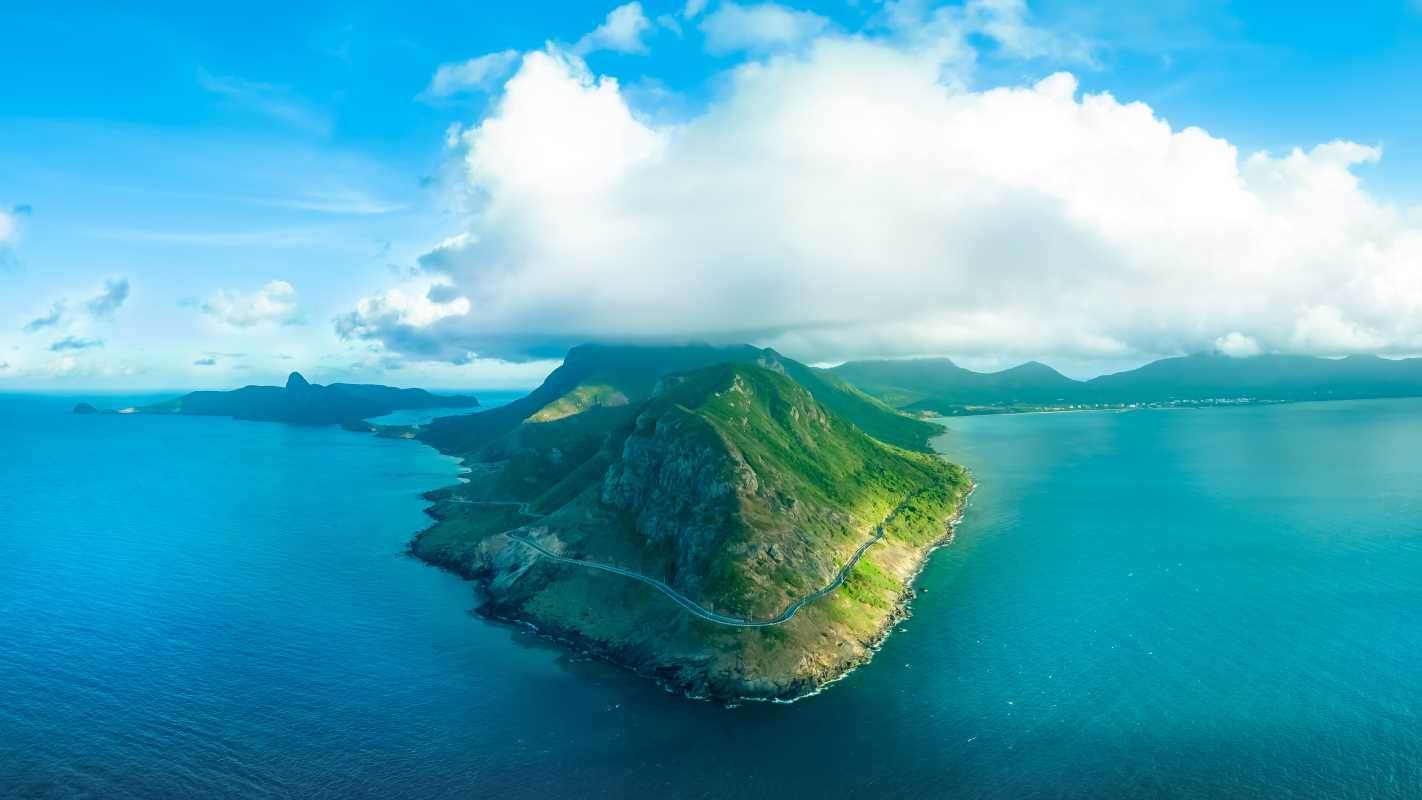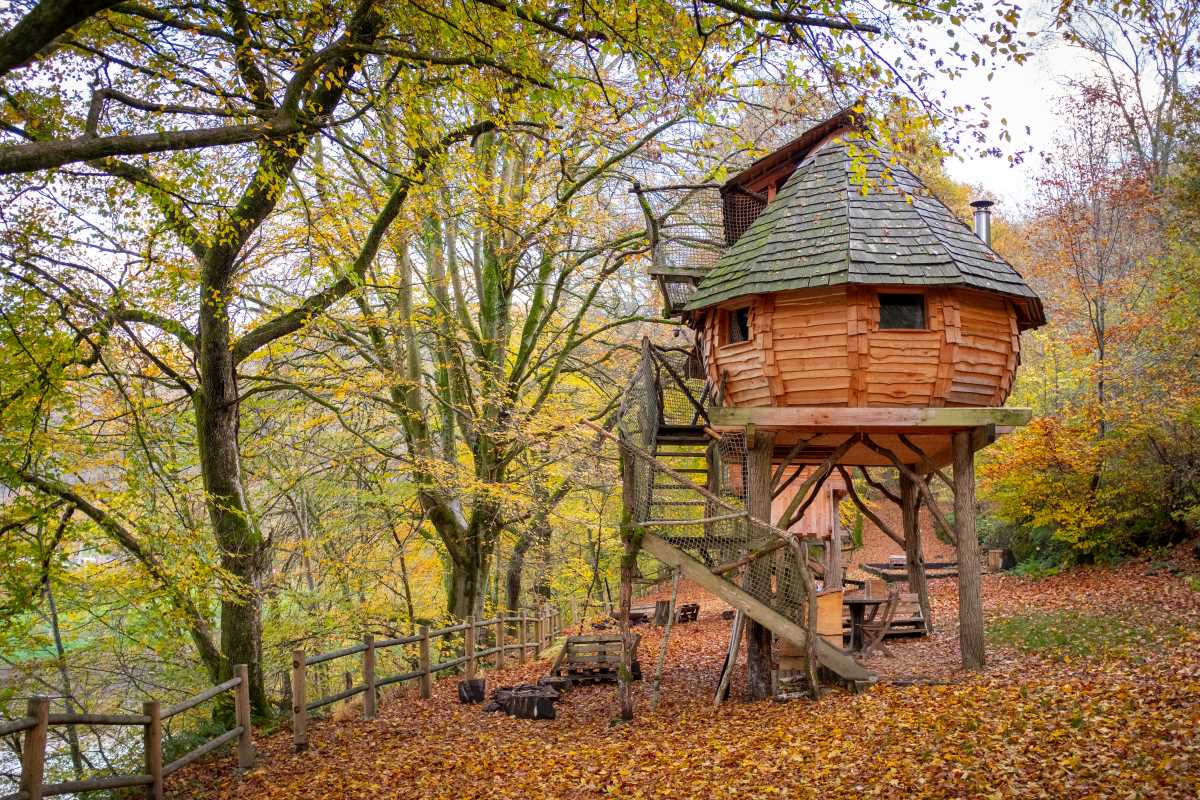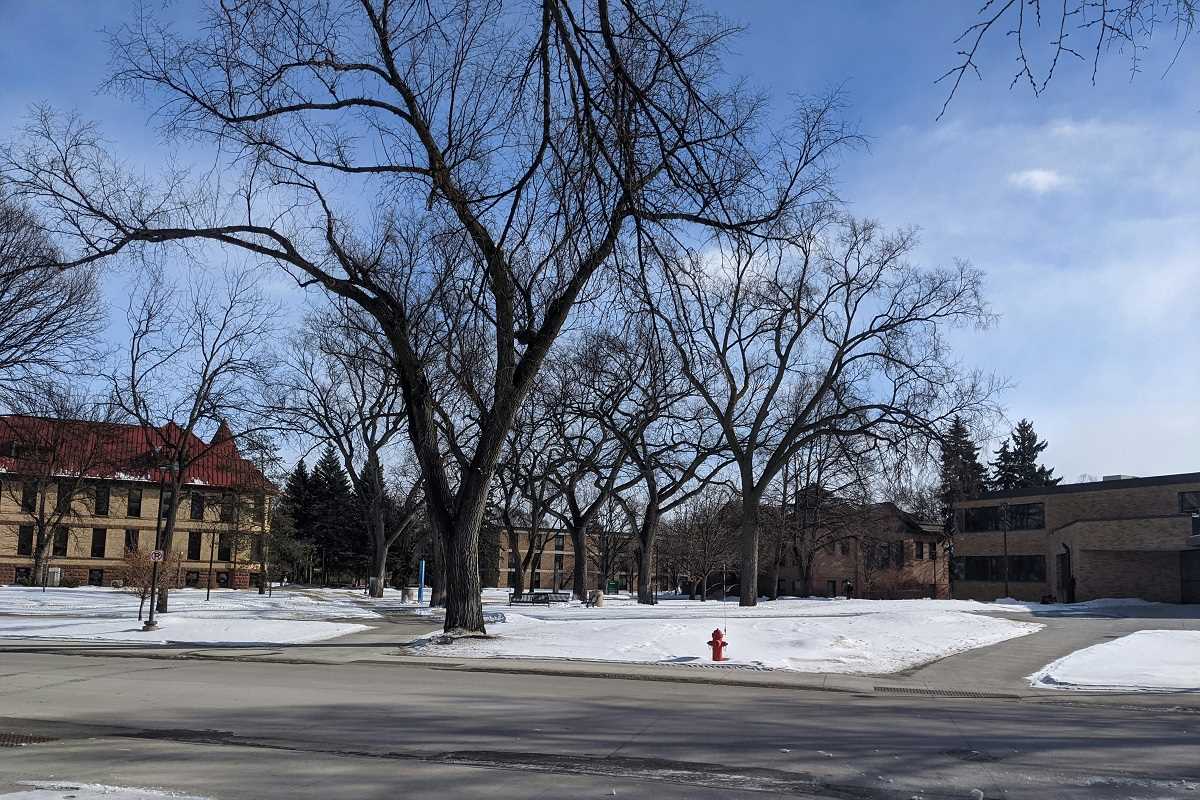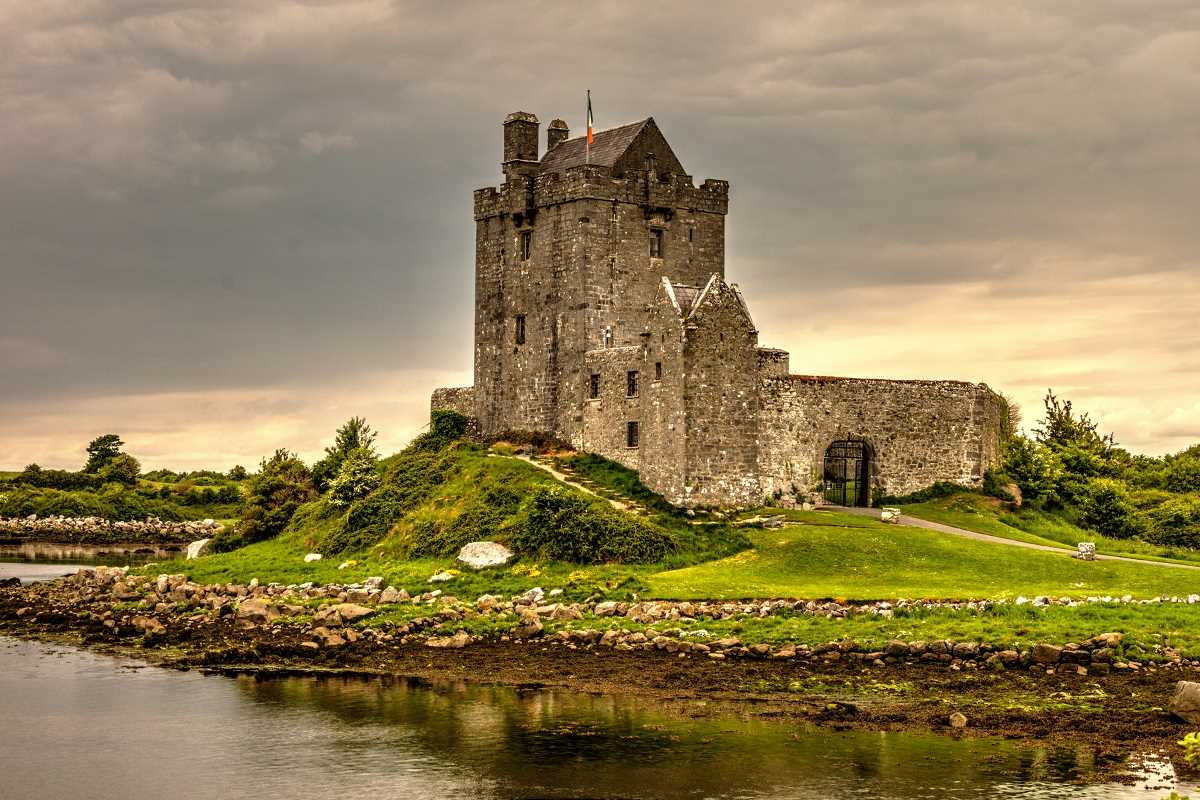Nestled high in the rugged Himalayas, Tibet is home to some of the most spiritually significant and architecturally stunning monasteries in the world. These ancient sanctuaries are more than just places of worship; they are centers of learning, culture, and spirituality, each with its own unique history and charm. Let’s embark on a virtual journey to uncover the allure of these mystical monasteries, where centuries of Tibetan heritage and traditions await discovery.
Potala Palace: The Heart of Tibetan Buddhism
The Potala Palace, perched majestically on Marpo Ri Hill in Lhasa, is one of Tibet's most iconic landmarks and a symbol of Tibetan Buddhism. Originally constructed in the 7th century and later expanded in the 17th century by the 5th Dalai Lama, the Potala Palace served as the winter residence of the Dalai Lama for centuries. With its towering red and white walls, the palace dominates the skyline of Lhasa and stands as a testament to the devotion and craftsmanship of Tibetan artisans.
The Potala Palace is a treasure trove of Tibetan culture, housing thousands of murals, statues, and sacred relics that span centuries of Buddhist history. Visitors to the palace can explore its numerous chapels, meditation rooms, and the Dalai Lama's living quarters, all of which offer a glimpse into the spiritual life of Tibet's highest religious leader. The palace's most sacred areas, including the golden stupas containing the remains of previous Dalai Lamas, draw pilgrims from across Tibet and beyond. The breathtaking views of Lhasa and the surrounding mountains from the palace’s terraces are an added bonus, making the Potala Palace a must-visit for anyone seeking to understand the depth and beauty of Tibetan Buddhism.
Sera Monastery: A Hub of Learning and Debate
Located just a few miles north of Lhasa, the Sera Monastery is one of the great Gelugpa or "Yellow Hat" sect monasteries of Tibet. Founded in 1419, Sera Monastery is renowned not only for its beautiful architecture and serene surroundings but also for its lively debate sessions. These debates, held in the monastery's courtyards, are a daily practice where monks engage in rigorous philosophical discussions, testing their knowledge of Buddhist scriptures and sharpening their understanding of spiritual teachings.
The debates at Sera are a unique spectacle for visitors, characterized by the energetic gestures and clapping of the debating monks. This vibrant practice is a critical aspect of monastic education in Tibet, and witnessing it offers a fascinating insight into the intellectual life of Tibetan monks. Beyond the debates, the monastery's tranquil prayer halls, lined with rows of statues and thangkas (Tibetan religious paintings), provide a peaceful environment for meditation and reflection.
Tashilhunpo Monastery: The Seat of the Panchen Lama
In the city of Shigatse, about 155 miles west of Lhasa, lies the Tashilhunpo Monastery, one of the most historically significant monasteries in Tibet. Founded in 1447 by the first Dalai Lama, Tashilhunpo is the traditional seat of the Panchen Lama, the second-highest spiritual leader in Tibetan Buddhism. The monastery is an architectural marvel, with its grand halls, towering statues, and vast courtyards that reflect the grandeur of Tibetan religious tradition.
Tashilhunpo is particularly famous for its colossal statue of the Maitreya Buddha, the Buddha of the Future, which stands at an impressive 86 feet tall. The monastery's chapels are adorned with intricate murals and house an array of sacred relics, including the tombs of past Panchen Lamas. Visitors to Tashilhunpo can explore its labyrinth of prayer halls and meditation rooms, each offering a deep sense of tranquility and spiritual presence. The monastery's rich history and its role as a center of Tibetan Buddhism make it a significant destination for both pilgrims and tourists.
Labrang Monastery: A Living Center of Tibetan Culture
Situated in the town of Xiahe, in the Gansu province of China, the Labrang Monastery is one of the largest and most important Tibetan Buddhist monasteries outside of Tibet. Founded in 1709, Labrang Monastery is a thriving hub of Tibetan culture and religious activity. It is home to one of the largest collections of Tibetan sacred texts and is a major center for the study of Tibetan Buddhism, attracting thousands of monks and students.
The monastery's sprawling complex is a sight to behold, with its golden-roofed temples, expansive prayer halls, and the distinctive white stupas that dot the landscape. Labrang is also famous for its annual Tibetan New Year celebrations, which include traditional rituals, dances, and the famous "Monlam," or Great Prayer Festival, where giant thangkas are unfurled in a display of devotion and artistry. Visitors to Labrang can immerse themselves in the vibrant Tibetan Buddhist culture and witness the daily rituals that have been practiced for centuries.
Hemis Monastery: A Hidden Gem in the Himalayas
Tucked away in the remote region of Ladakh, India, the Hemis Monastery is one of the most revered monasteries in Tibetan Buddhism. Founded in the 17th century, Hemis is situated in a picturesque valley surrounded by towering mountains, giving it an air of serenity and seclusion. The monastery is perhaps best known for its annual Hemis Festival, which celebrates the birth of Guru Padmasambhava, the founder of Tibetan Buddhism.
During the Hemis Festival, the monastery comes alive with vibrant masked dances, religious ceremonies, and cultural performances that attract pilgrims and travelers from around the world. The festival is a unique opportunity to experience the rich heritage of Tibetan Buddhism and the deep spiritual traditions of Ladakh. Even outside the festival season, the Hemis Monastery is a place of profound tranquility, with its ancient murals, statues, and prayer wheels offering a glimpse into the spiritual life of the region.
The Timeless Allure of Tibet’s Monasteries
The monasteries of Tibet are more than just religious centers; they are living museums of Tibetan culture, history, and spirituality. From the grandeur of the Potala Palace to the serene beauty of the Hemis Monastery, each of these sanctuaries offers a unique glimpse into the timeless traditions of Tibetan Buddhism. Whether you are drawn to the architectural splendor, the spiritual practices, or the serene landscapes, the famous monasteries of Tibet beckon travelers to explore their hidden gems and uncover the enduring wisdom of the Tibetan people. In these sacred spaces, the spiritual and the cultural merge, creating an experience that is both deeply moving and profoundly enlightening.
 (Image via
(Image via





